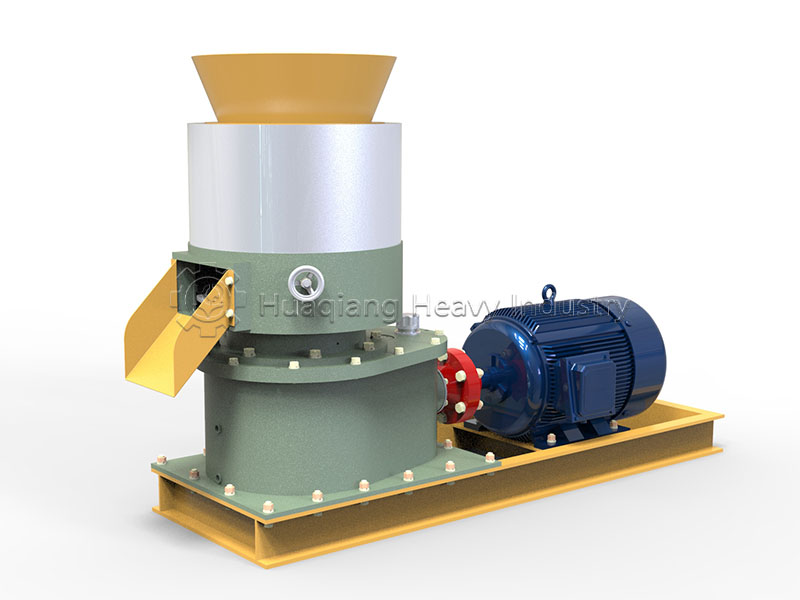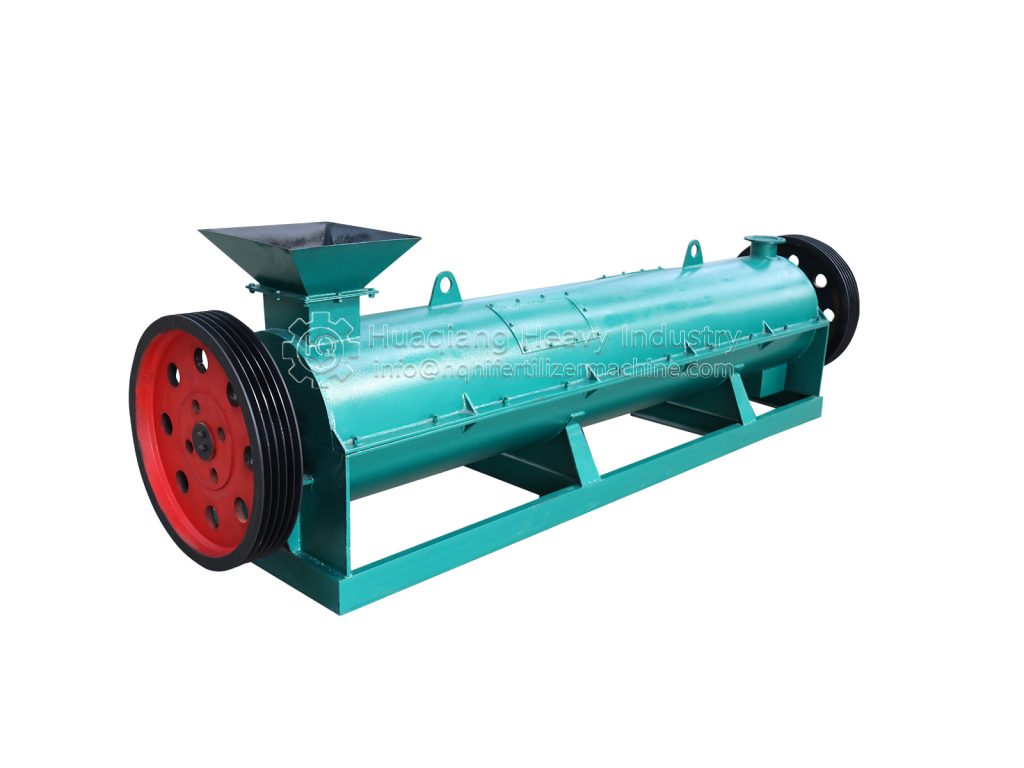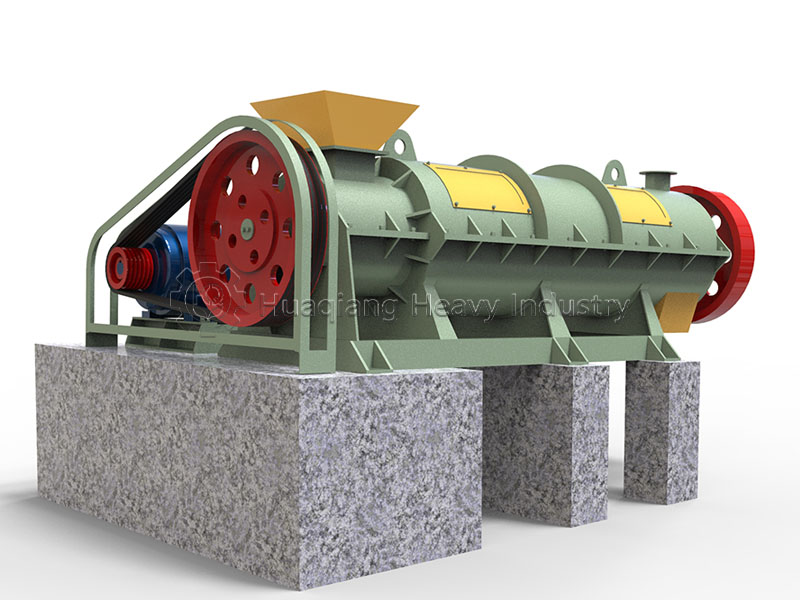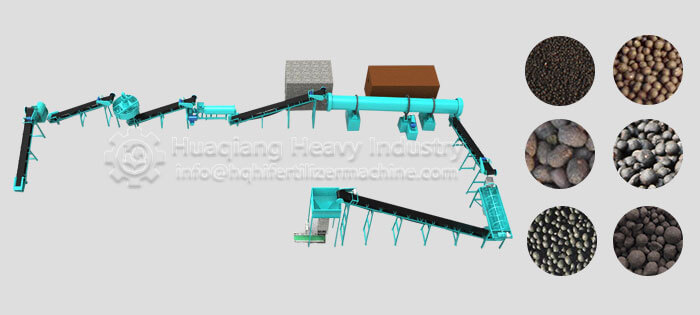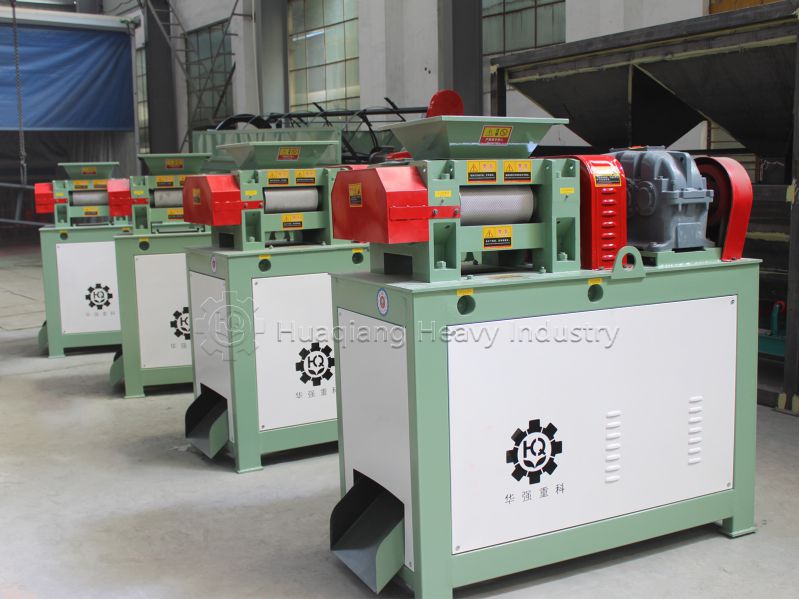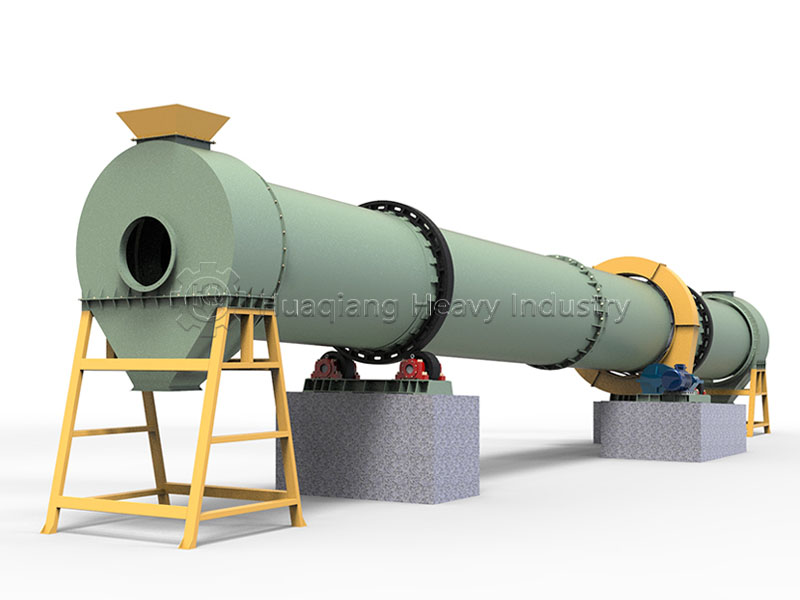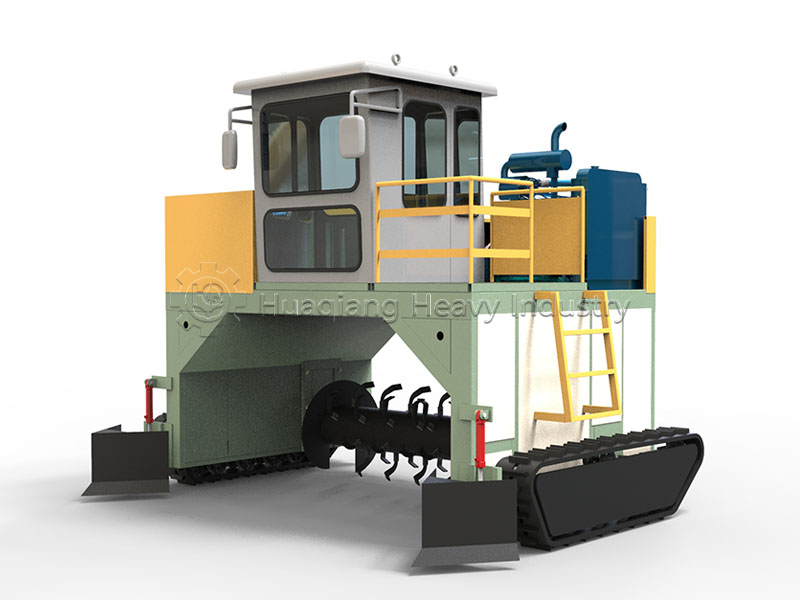The core support of fermentation in bio-organic fertilizer production lines
In the entire process of turning waste into treasure in bio-organic fertilizer production, every step of the production line is crucial for the preservation and transformation of organic nutrients. The windrow compost turning machine is the “key driver” in the fermentation stage, solving the pain points of large-scale organic material composting with its flexible operation.
The core of a bio-organic fertilizer production line is “harmless composting + nutrient activation,” and the fermentation stage is key to determining the final fertilizer efficiency. After the organic raw materials are mixed in proportion and enter the fermentation zone, the windrow compost turner comes into play. It turns the moist material at the bottom to the surface, while simultaneously turning the aerobic material from the surface to the bottom, achieving uniform mixing of materials and injecting sufficient oxygen into the pile, preventing localized anaerobic conditions that could produce foul odors or harmful substances.
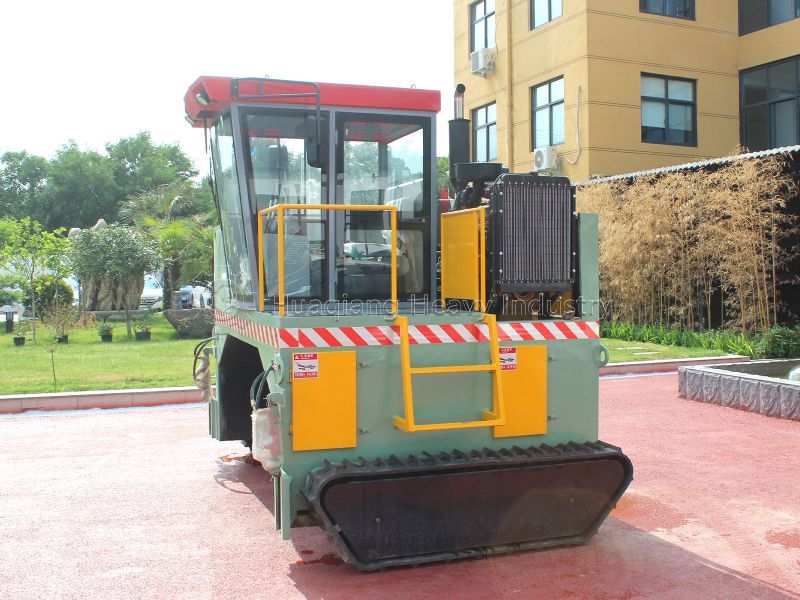
More importantly, the windrow compost turner precisely controls the fermentation temperature. Organic material composting requires a high temperature of 55-65℃ to kill insect eggs and pathogens. The compost turner, through regular turning, effectively dissipates excess heat from the center of the pile, preventing excessive heat from damaging beneficial microorganisms. Simultaneously, it brings the cooler material into contact with the higher-temperature zone, ensuring uniform composting throughout the pile and significantly shortening the fermentation cycle.
Material fully composted by the windrow compost turner is loose in texture and has uniform nutrients, requiring no additional processing before proceeding to the next stage. This avoids equipment blockage caused by clumps of uncomposted material. The final bio-organic fertilizer produced retains rich organic matter and microbial communities while meeting the efficiency requirements of large-scale production.

